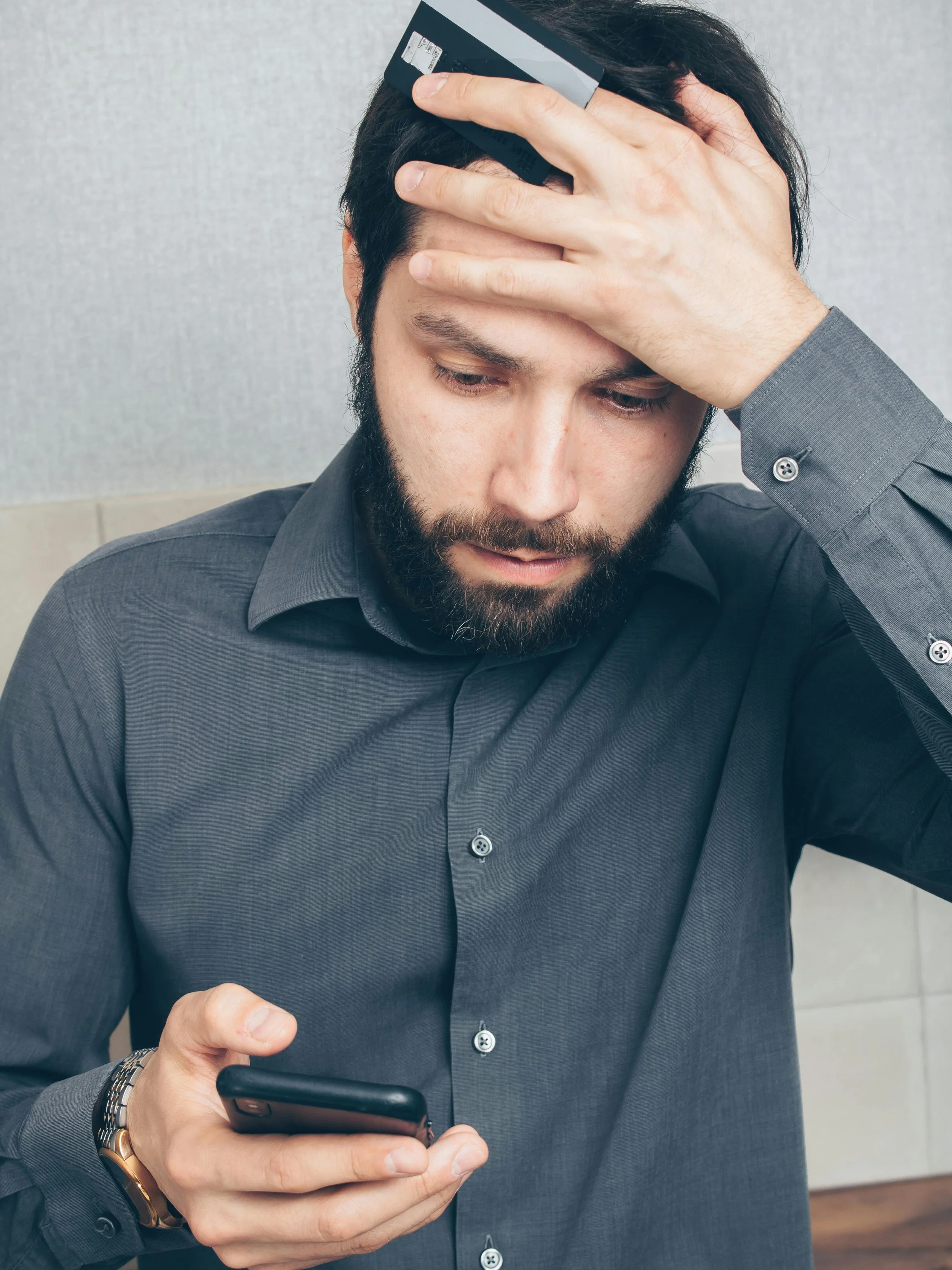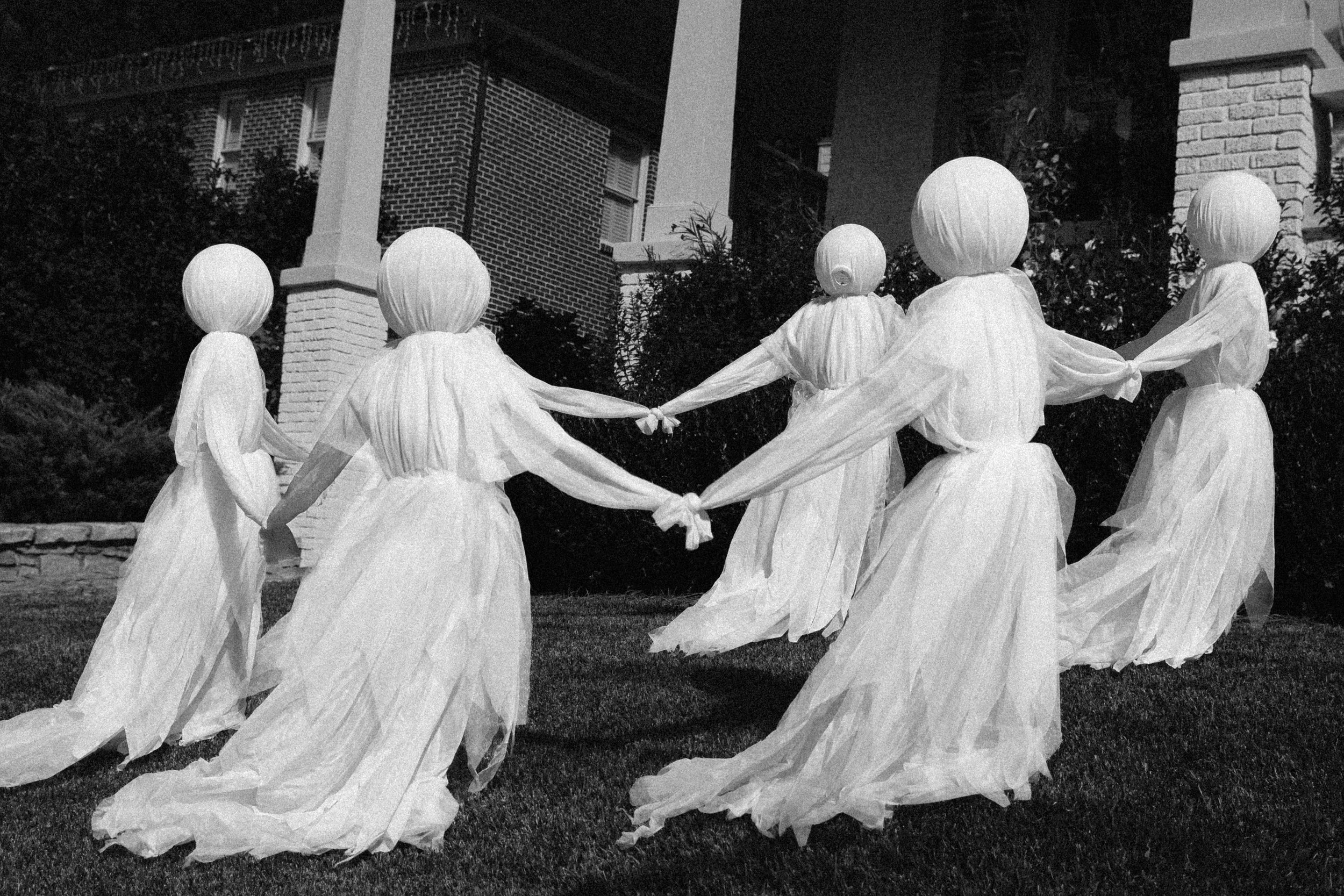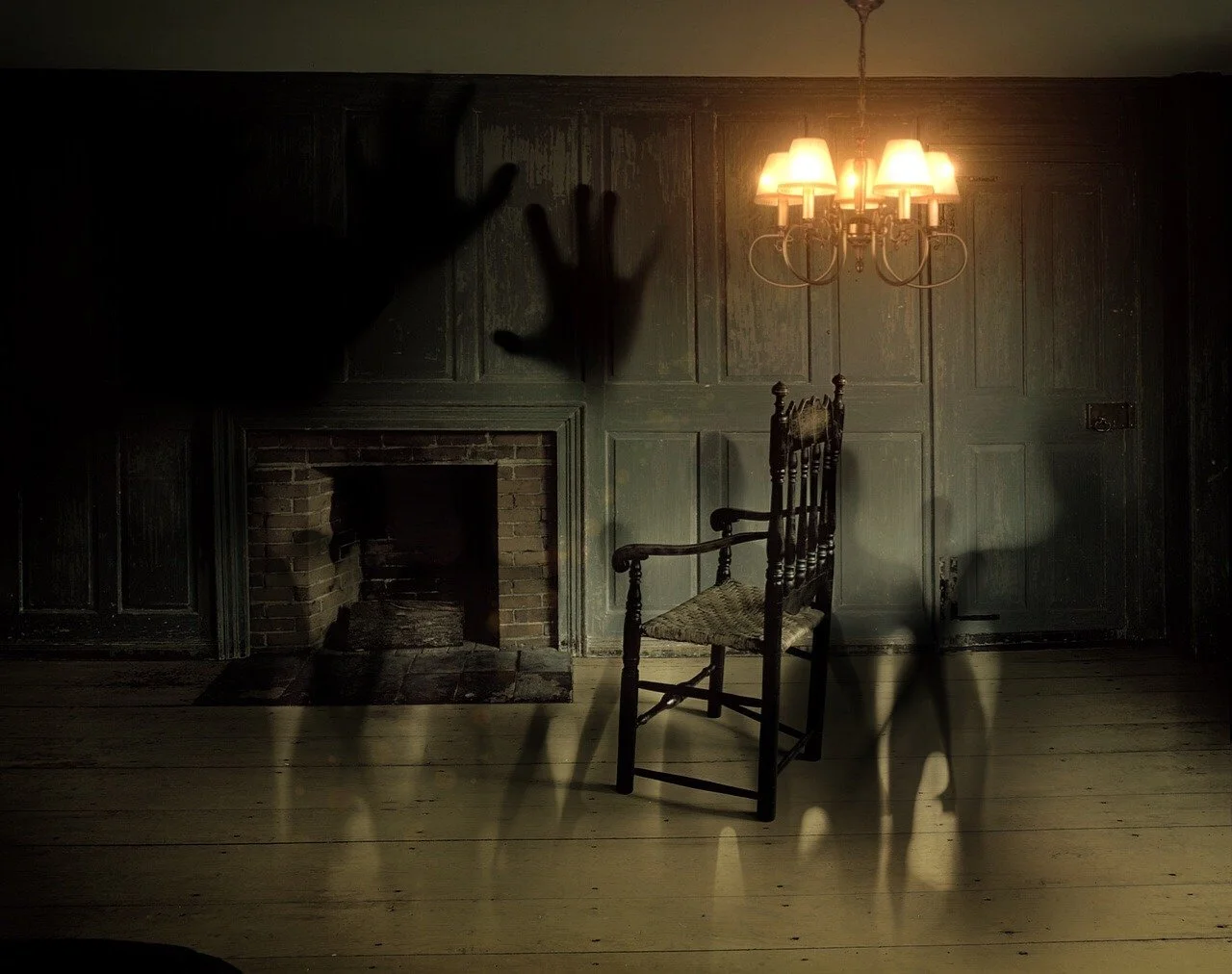A homeowner-focused breakdown of 2025’s features, failures, and the technology headed our way next.
Every January, the appliance world tries to convince us it has reinvented the wheel. The newest lineup rolls out with glossy marketing, big promises, and enough smart features to make you wonder whether your fridge is about to start offering life advice. And like clockwork, homeowners brace themselves for another round of “Is this actually useful, or is this just another thing that will need a firmware update?”
This past year was no exception. 2025 arrived with the usual enthusiasm, but instead of delivering a neat, predictable upgrade cycle, it turned into something far more revealing. Between the satisfaction studies, reliability reports, and real-world user feedback, the year pulled back the curtain on what’s actually working in our homes — and what’s quietly driving people up the wall.
What follows is an honest look at the products, features, trends, and misfires that shaped the appliance landscape in 2025. Not the showroom version, but the homeowner version: the one where the dishwasher either does its job or it doesn’t, and where “smart” still has to prove it means “better.”
Let’s take a look at what really happened this year.
Smarter Features… Everywhere
Manufacturers went all in on connected features. Smart fridges gave recipe nudges and more detailed temperature tracking. Ranges became mini command centers, with some adding weather access, internal oven cameras, and giant touchscreen displays.
Samsung’s Bespoke induction range is the poster child of this new era. Fast boil times? Great. Steady baking? Also great. A seven-inch display that lets you monitor your Ring doorbell and look up recipes while your food cooks? That’s where the industry is clearly headed — a hybrid between appliance and smart-home device.
On the opposite end of the pricing spectrum, Hisense quietly put out one of the best-performing French-door refrigerators in its bracket. No nonsense, steady temps, plenty of usable space, useful smart touches, and somehow still affordable. A refreshing shift.
Laundry Upgrades That Actually Meant Something
2025 wasn’t subtle about trying to reinvent laundry day.
GE leaned into practicality with antimicrobial coatings, smart soil sensors, and huge detergent reservoirs. Samsung’s next-gen wash tower handled detergent switching automatically and used AI to adjust cycles in real time.
Meanwhile, Electrolux continued its trend of quietly dominating stain removal. Their internal heater pushed sanitizing cycles well above the typical 120°F, which finally gave homeowners the level of cleaning manufacturers have been hinting at for years.
Premium Performance at Mid-Range Prices
This was the year value stepped forward. No more needing to drop a small fortune to get solid engineering and thoughtful features. Homeowners love premium performance, but what they love even more is not feeling swindled on delivery day.
Where Things Went Wrong
Of course, with every new idea comes the part manufacturers hope you won’t notice. Except… homeowners always notice.
Smart Appliances Caused More Problems Than They Solved
The reliability numbers weren’t kind this year.
87 problems per 100 smart units
63 problems per 100 traditional units
92 problems per 100 units when people actually used the smart features
That last one says everything.
Younger buyers expected these features to work seamlessly. Instead, they got confusing menus, buggy apps, and connectivity issues that felt like the appliance equivalent of “sorry, have you tried turning it off and on again?”
Over-Complicated Controls Hurt Satisfaction
Across the board, satisfaction dropped. Durability, features, ease of use… all down.
The issue wasn’t lack of capability. It was excess. Too many settings, too many nested menus, too many features that sounded exciting in a product briefing but didn’t translate to real kitchens.
People don’t want to study to run a dishwasher. They want clean plates.
Design Choices That Had People Scratching Their Heads
Samsung made an otherwise excellent induction range with an… experimental burner layout. A 3:1 setup that practically begged users to tilt their heads and wonder who approved it.
That became something of a metaphor for the year: bold ideas that landed somewhere between intriguing and inconvenient.
Reliability Still Needs Work
Front-load washers topped the failure list. Smart refrigerators needed more service calls. Parts shortages dragged out repair times. And smart interfaces only stacked additional complexity onto already complex machines.
Reliability didn’t collapse in 2025 — but it certainly didn’t improve.
Where We’re Heading (and Why It Actually Looks Promising)
Despite the stumble points, the appliance industry seems poised for a calmer, more consumer-focused direction in 2026 and beyond.
Smarter — But Finally Simpler
Manufacturers appear to have received the message: homeowners don’t want an appliance that behaves like an overexcited smartphone.
The next wave of tech will likely center on:
Predictive maintenance
Energy monitoring
Intuitive interfaces
Smarter (and fewer) cycles
Troubleshooting that doesn’t require a tech dictionary
A refreshing pivot.
Energy Efficiency Is About to Take Center Stage
With energy costs continuing to creep upward and federal incentives still in play, expect the big players to double down on:
Eco modes
Heat pump technologies
Better insulation
Lower-draw compressors
Efficiency isn’t just a selling point anymore; it’s becoming a practical necessity.
A Big Replacement Cycle Is Coming
Dishwashers, refrigerators, and AC units are all entering natural replacement windows. Homeowners are going to be prioritizing:
Reliability ratings
Brand service networks
Warranty coverage
Actual performance over flashy add-ons
This is where brands like LG, Bosch, GE, and Whirlpool tend to thrive.
Premium Features Will Keep Drifting Down to Mid-Range Models
This trend started in 2025 and won’t be slowing down. Homeowners want value, not just hype, and the market is shifting accordingly.
Trust Is Becoming a Deciding Factor
After a year where satisfaction slipped, the brands that communicate clearly, support their products, and build dependable machines will win.
For all the noise around innovation this year, 2025 ended up being a reminder of something homeowners already know: the best appliances are the ones that work when you need them, don’t fight with you, and don’t turn every simple task into a small tech adventure. We all love a good feature upgrade, but reliability is still the thing that makes or breaks the relationship.
And that’s the part of the conversation that tends to get lost between press releases and product rankings — the reality that every home eventually needs service, maintenance, or a second opinion on whether a machine is worth fixing at all. When something stops behaving the way it should, it’s never about touchscreen specs or cycle names. It’s about getting your kitchen or laundry room back to normal as quickly as possible.
If that moment ever hits your home, that’s where Appliance Rescue Service steps in.
This is what we do, every day: diagnose the real issue, give you an honest assessment, handle repairs with care, and help you get more life out of the appliances you’ve already invested in. No drama, no pressure — just experienced techs who understand the machines and the homeowners behind them.
When the data gets messy or the smart features get too clever for their own good, you don’t need a new app. You just need someone who can fix the problem.
ARS is here when you need us.
Call: (214) 599-0055














